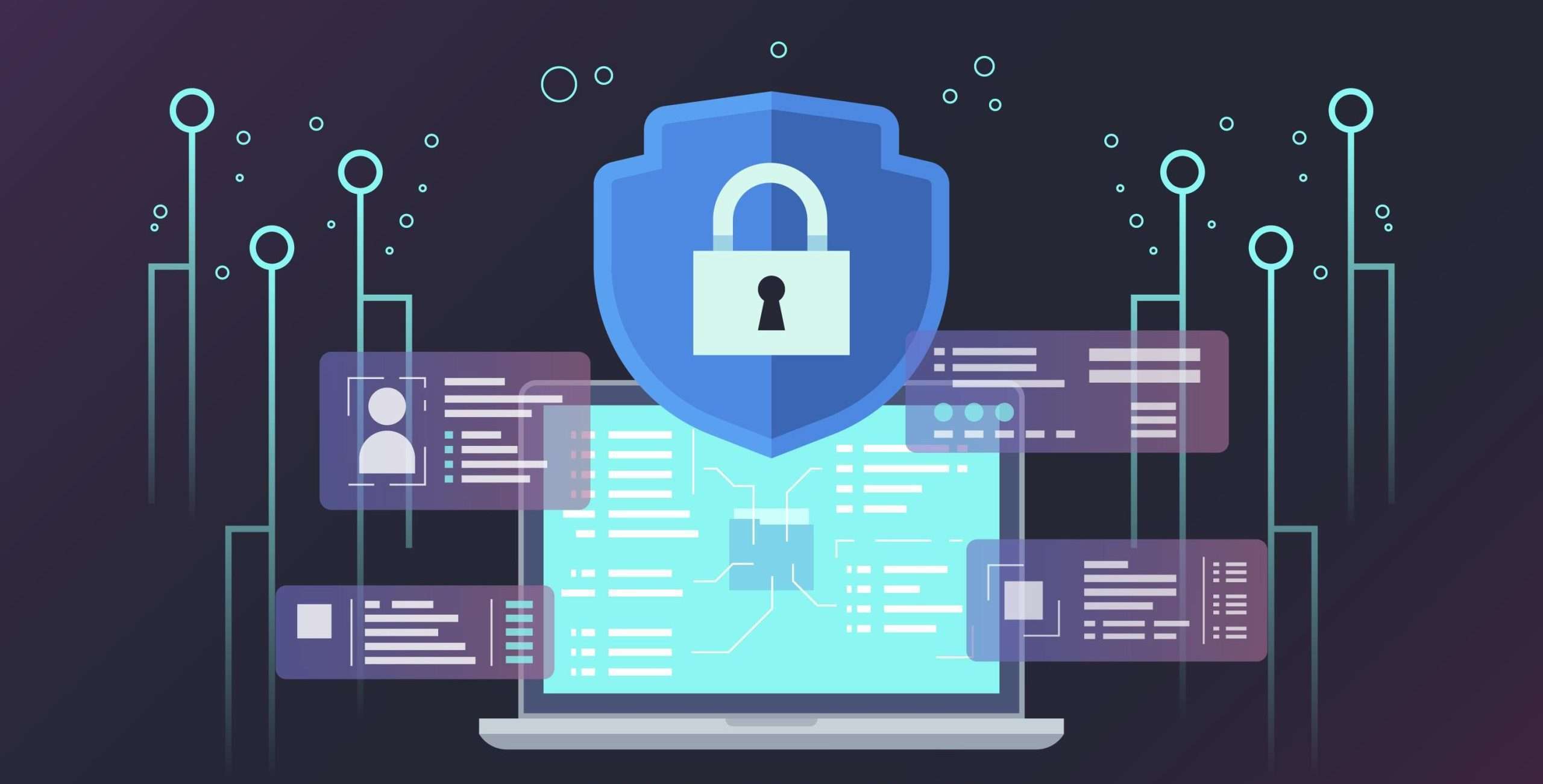Digital assets, such as data, intellectual property, and critical business systems, can indeed be well-protected by implementing effective cybersecurity policies.
Implementing Cybersecurity Policies can minimize the chances of being a victim of data breaches and cybercrimes, while effectively managing the complexities of evolving cyber threats.
What are the key components of a cybersecurity policy?
Cybersecurity policies differ across organizations, depending on the nature of their digital assets and exposure to potential threats. However, several universal components typically exist that help safeguard these assets.
The first of these is a risk management section, detailing how the organization identifies and mitigates potential security risks.
The second component revolves around incident response. It explains how to respond effectively and promptly to potential threats to mitigate damage. Organizations should have a pre-established protocol for reporting and addressing suspicions or actual instances of breaches.
How do cybersecurity policies aid in protecting digital assets?
Cybersecurity policies form the bedrock upon which all cyber defenses are built. They’re not just rules but a framework that guides how to respond when a cyber event happens and how to avoid it in the first place.
These policies protect digital assets by establishing security protocols, identifying and managing potential threats, and ensuring quick incident response.
Moreover, regular updates and audits of cybersecurity policies help in staying abreast of changing threats and emerging vulnerabilities, ensuring that no digital asset is left exposed to potential harm.

What is the role of employees in enforcing cybersecurity policies?
Regarding cybersecurity, the human element is often the weakest link. Employees need to be aware of potential cyber threats and know how to respond if they identify such a scenario. Each employee needs to understand and adhere to the organization’s cybersecurity policies.
Training and awareness initiatives form a key part of informing employees about the significance of these policies.
Occasional drills and tests could be conducted to evaluate the employees’ response to simulated cyber threats and thus, identify the areas that need improvement.

How can one ensure that cybersecurity policies remain effective in protecting digital assets?
Maintaining the efficacy of cybersecurity policies requires consistent monitoring and review. Regular audits serve to assess the existing policies, check if they are up-to-date, and align them with the current threat landscape.
Furthermore, given the constant evolution of cyber threats, policies need periodic updating and revising. Therefore, staying updated with trends in cyber threats and countermeasures is crucial to maintaining a strong defense for your digital assets.
Conclusion
To sum up, a well-implemented cybersecurity policy can effectively safeguard your digital assets by providing a robust defense against cyber threats, setting clear guidelines for employees, and enabling quick and efficient responses to incidents.
Regular audits and updates ensure that these policies stay effective in the face of constantly evolving cyber threats.
Remember, a strong security posture is not static but a dynamic process that requires ongoing effort and commitment. 🔐🛡
- Blockchain-Enabled IoT Device Authentication - October 16, 2024
- Quantum Cryptography: The Future of Secure Communication - October 9, 2024
- Photon Mapping for Enhanced Ray Tracing - October 2, 2024
